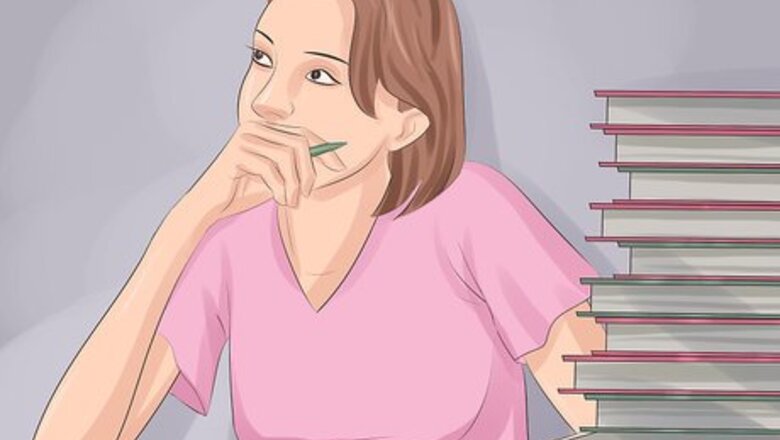
views
Leaning into Anxiety
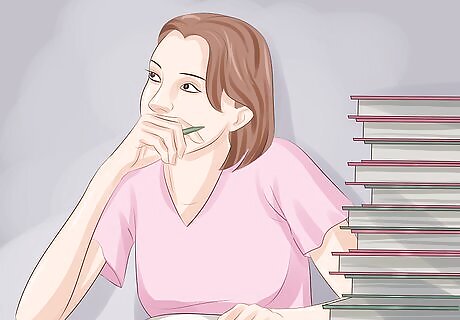
Refocus on your “why.” When you become disconnected from your personal mission or purpose, experiencing anxiety can immobilize you. On the flip side, when your purpose is clearly defined, it’s easier to move forward into the action phase. If you have become detached from your purpose, sit down and reevaluate the principles, people, and causes that drive your life. Make a point to fill your day with activities that bring meaning to your existence. If they don’t, toss them or delegate them. For instance, public speaking might fill you with anxiety, but you are more likely to push past this fear when you are speaking about a cause close to your heart. Add meaningful challenges to your day to take action against anxiety. If public speaking still fills you with anxiety, take on smaller challenges first and build your way up to speaking in public. Do not start with your biggest fear or worry. Instead, start with smaller concerns to help yourself build confidence.

Set a goal. Goal-setting is another way to use your anxiety as fuel. Take notice of your anxious thoughts and worries. What are you most concerned about? What are your biggest fears? Instead of shaking in your boots, get to work developing a plan that allows you to overcome these fears. Let’s say you are worried about failing your algebra class. You can take action against this anxiety by creating an action plan to minimize the likelihood of it coming true. You might have steps like “Find a math tutor,” “Ask the instructor for extra credit,” or “Spend two hours studying each day.”
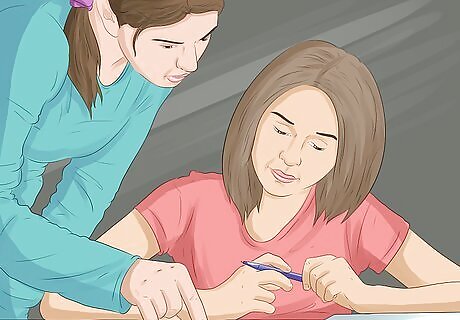
Take the first step. After you have determined what your goals are, you must immediately move forward into fear. Oftentimes, anxiety-sufferers spend too much time planning without ever bringing those plans into fruition. To prevent yourself from getting stuck in analysis paralysis—that is, worrying about which next step is the right one—just take a step forward. Identify one small action you can take to move you closer to reaching your goal and do it. For example, in the previous example, you might need to “Find a tutor” to improve your math grades. Don’t spend too much time analyzing how to obtain a tutor. Consider the simplest route forward and take it. Send an email to the tutoring lab at your school. Ask a clever classmate. Or, catch your instructor’s eye after class to see if they have a recommendation.

Seek advice from others. Anxiety often debilitates us because we keep quiet about it. We keep our worries and fears close to the vest out of concern that others will think less of us, or take advantage of our shortcomings. It requires vulnerability, but you may find that talking about the source of your anxiety with a trusted friend or acquaintance may help you view it more objectively. As a result, you might receive advice or encouragement that propels you from paralysis into action. Reach out to someone you trust and speak candidly. You might say, “Hey, Tom, I know this might come as a surprise, but I have a fear of heights. Our flight next week is really freaking me out.” Don't stop yourself from confiding in other people by overthinking it and assuming your friend will judge you. Choose someone you trust, and try talking to them.

Challenge yourself regularly to build resilience. Think of your resilience to anxiety as a muscle. The more you use the muscle, the stronger it becomes. Rather than avoiding those situations that provoke anxiety, gradually expose yourself to them more often. When you do this, you will find that, over time, they lose their power. Don’t let fear and avoidance make you complacent. Make an effort to build resilience by challenging yourself to face your anxiety regularly. For instance, if you loathe public speaking, you might benefit from signing up for a local Toastmasters club. Doing so will allow you to practice speaking in front of a group more often, which will reduce your anxiety. Don't necessarily start with your greatest fear. Getting over smaller anxieties first can build your confidence.
Using Techniques to Keep Your Cool
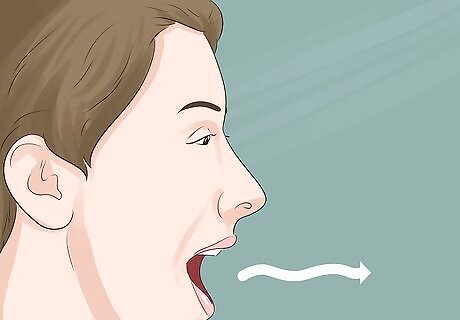
Create a personal anxiety mantra. In some situations, overcoming anxiety means faking it until you make it. You can steel yourself to enter anxiety-provoking situations by repeating positive affirmations that empower or calm you. You might try: ”When this is over, I’ll be glad I did it” ”It’s hard now, but it will become easier with time.” ”I will not let anxiety stop me from reaching my goals.” ”Feelings come and go. This anxiety won’t last forever.”
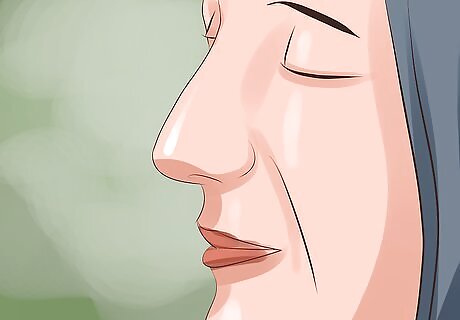
Visualize a positive outcome. One of the most common fears is of the unknown. When uncertainty exists you might be tempted to not make any decision because you fear making the wrong one. Turning anxiety into action is much more feasible when you practice visualizing a favorable result. Let’s say you are hoping to ask the girl next door out on a date. You might beat the anxiety and give yourself courage by envisioning the result you want. Do this several times each day leading up to the big event. Close your eyes and imagine greeting her. She smiles when she sees you approach. You have a witty comment that gives you a surge of confidence. Then, you say, “I would really like it if you go to a movie with me on Friday. Will you?” She says, “yes.”

Burn off nervous energy with physical activity. Anxiety can feel like a live wire in your body. You can’t sit still or focus. Exercise is a great activity to make use of this surplus energy. As an elixir of life, exercise offers a host of benefits like fighting off illness and helping you manage weight. One of the benefits most helpful to you, however, is its ability to neutralize anxiety and improve your mood. Thanks to feel-good chemicals called endorphins, you will feel more relaxed after a good sweat session. Transform your anxiety into action by going for a run, lifting weights, having a dance party with your best friend, or going for a swim in the neighborhood pool.

Release anxiety through creative pursuits. Employ your creativity to bring order to the chaos happening in your head. Making art can allow you to ease stress, express yourself and take your mind off anxiety. Any art form will do. Try your hand at several different types to see which one works best for you. Consider painting, writing, singing, knitting, baking, or even decorating. You may find that this activity becomes a regular hobby for you to find joy and fend off stress. Get started in whichever way is most comfortable for you. If you want, you can join a class, but if that does not work for you, you can just install an art app on your phone or buy some starter kits from a craft store.
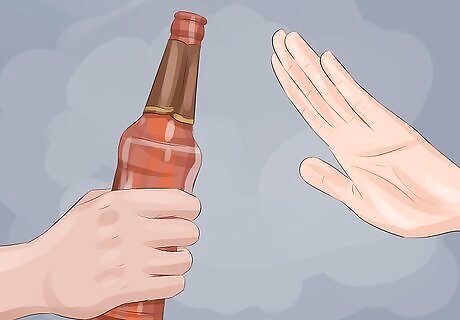
Refrain from unhealthy coping. It can be tempting to numb or mask anxiety by engaging in unhealthy habits. This only makes you susceptible to developing an entirely new problem. Rather than numbing your anxiety with alcohol, drugs, excessive shopping, or gambling, turn to these other positive coping mechanisms instead.
Creating Realistic Thought Patterns

Redefine anxiety by calling it excitement. Just knowing that you are experiencing anxiety can sometimes be more debilitating than the thing you fear. Because both anxiety and excitement stimulate the same areas in the body—rapid heartbeat and production of stress hormones—you can trick yourself into thinking what you’re feeling is actually a positive emotion instead of a negative one. Research shows that anxiety places you in a “threat mindset” while excitement places you in an “opportunity mindset.” Re-label your anxiety and you can benefit from the experience of enthusiasm rather than nerves. The next time you enter an anxiety-provoking situation, don’t say “I’m nervous” or “I’m anxious.” Say, “I’m excited” and see what a difference it makes.

Perform reality testing. You don’t have to become a slave to your anxious thoughts, giving them permission to get you all worked up. Put them to the test instead. Reality testing involves assessing a situation for errors in thinking. For example, you think, “My parents won’t let me go to the party. All my friends will think I’m lame. They’ll stop talking to me.” To assess the reality of this situation, you want to ask what evidence is there that says this is true? Did your friends actually call you lame? Are they avoiding you?

Look for evidence that supports your perceptions. When you find yourself becoming anxious, check your thought patterns to determine how realistic they are. What evidence is there that your thoughts are false? Using the previous example, ask additional questions. Did your friends make alternate plans to hang out with you instead of going to the party? Are they still talking to you? If your friends don’t avoid you, odds are, they aren’t thinking anything negative. Your mind is just exaggerating the situation. A better way of thinking is “Not going to one party won’t ruin my friendships. There will be other opportunities to hang out.”
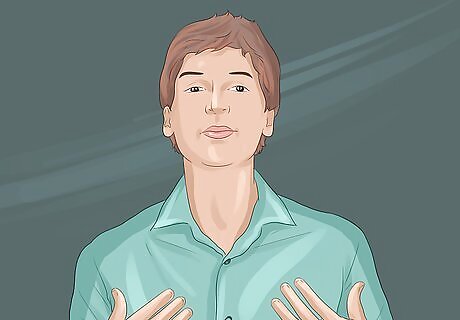
Ask yourself what’s the worst that can happen. When you worry and fret about every possible outcome, you remain stagnant. You can take action against anxiety by actively considering every angle of a problem. Ask yourself logical questions that help you switch the focus to productive problem-solving. For example, you fear that one bad performance review will lead to you getting fired. Ask yourself: “How do I know that I will get fired?” “Is this worrying productive or just wasting my time?” “How can I cope with getting fired if it does happen?” Now, you might reframe your statement to “The worst that can happen is I will get fired, but that is unlikely. If I am fired, I will contact my network for any open positions. I can also update my resume.” This is a much more active, realistic approach to worrying. Put your worries into perspective to make them seem smaller. For example,one "C" or "D" on a quiz does not mean that you will fail the entire course.











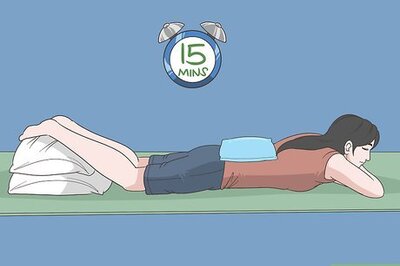








Comments
0 comment